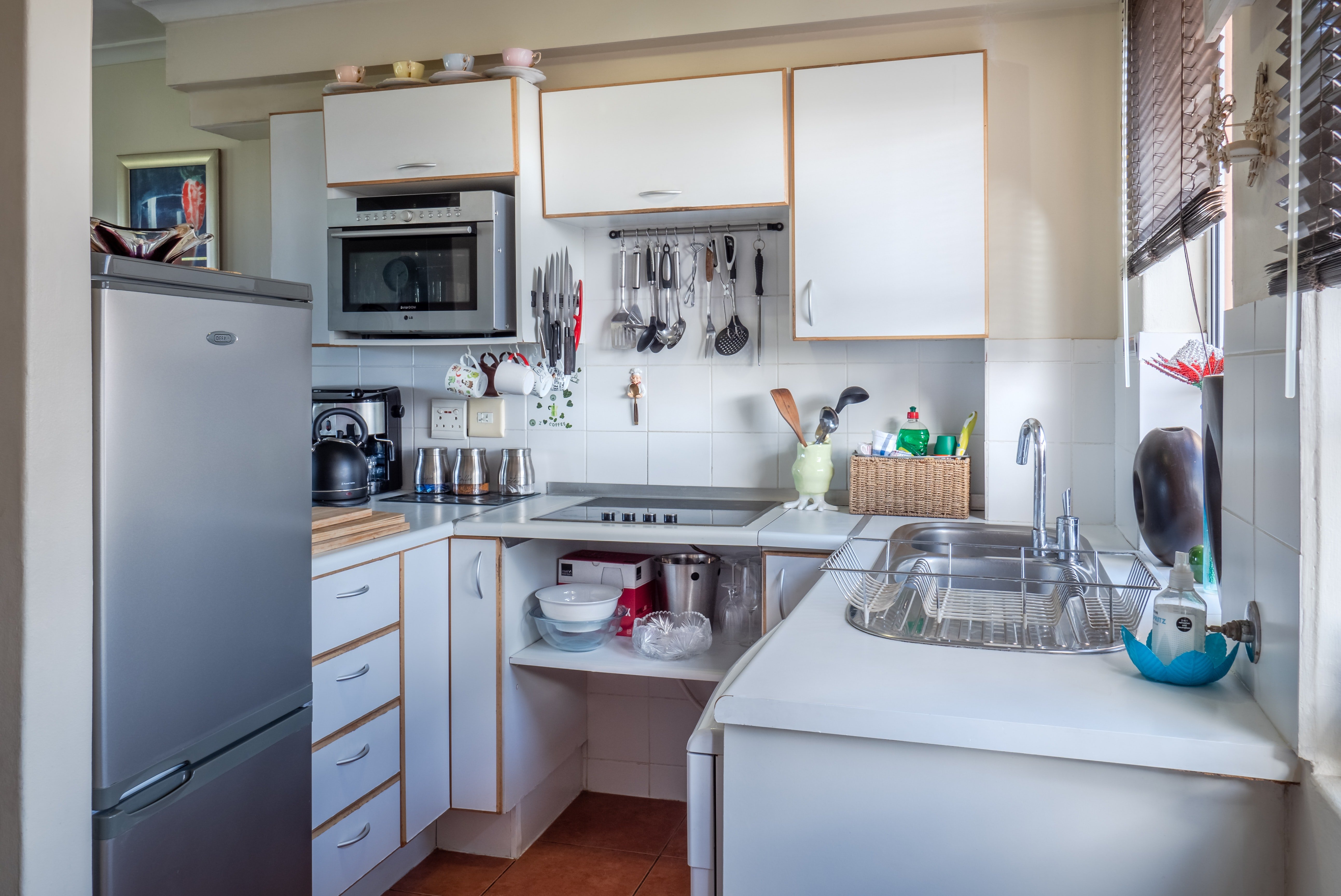Understanding the Refrigeration Cycle

There are four main concepts to understanding refrigeration cycle. These concepts are the physical process, the physical laws, processes required and efficiency of systems. Thermodynamic heat transfer cycles or refrigeration cycle are the mathematical and conceptual models for refrigeration, air conditioning and heating systems. A heat pump is an energy-efficient mechanical device that enables for the transportation of heat from one place in a lower temperature to an area in a higher temperature very quickly and effectively.
There are three primary components of a refrigeration cycle. There are the primary refrigeration unit, the expansion valve and the condenser. All three need to work together to maintain temperatures and to provide the necessary controlled circulation for the gas flow. Without these three important components, there would be no effective refrigeration cycle and consequently no efficient system.
The most important part of the refrigeration cycle is the expansion device or compressor. This is the part of the system that moves heat from outside to the indoor area of the system. The expansion valve also serves as the conduit to the outside atmosphere to make the transition from outdoor temperatures to indoor temperatures. There are four different types of expansion valves and the one used will depend on the area of the space it is located in and the pressures and volumes required.
A condenser is another important part of the refrigeration cycle. This part consists of many individual compartments within a closed system. The compressor uses refrigerant gas to drive a fan to circulate the gases inside the condenser. When refrigerant is sprayed into the evaporator coils, hot water is created which is then released into the condenser coils. This hot water is then used to drive a compressor that raises the refrigerant gas pressure to the desired temperature. The result is an increase in refrigerant and an increase in gas pressure.
The last part of the refrigeration cycle is the chillers. Chilled air is then pumped through the chiller where it is then compressed. As the refrigerant is compressed, the cold air is then pushed back into the compressor, cooling it even more. This process keeps continuous cycles going, thus cooling any area that needs it most. Check out this post that has expounded on the topic: https://en.wikipedia.org/wiki/Refrigeration#Methods_of_refrigeration.
The refrigeration cycle may seem complicated, but the end results are very rewarding. The more the system cools off the less energy it takes to keep the entire place cool. The less energy it takes to cool one place, the more there is available for use in other areas. This means money saved and less energy consumption. Additionally, it causes for less waste which contributes to a cleaner environment.
